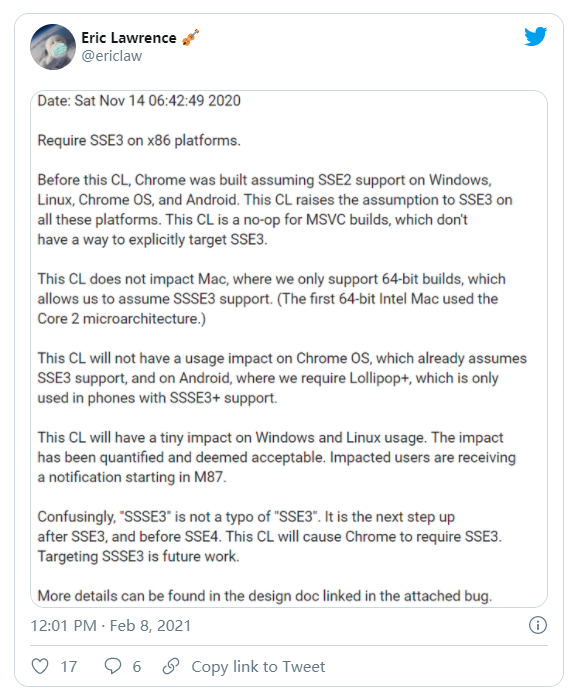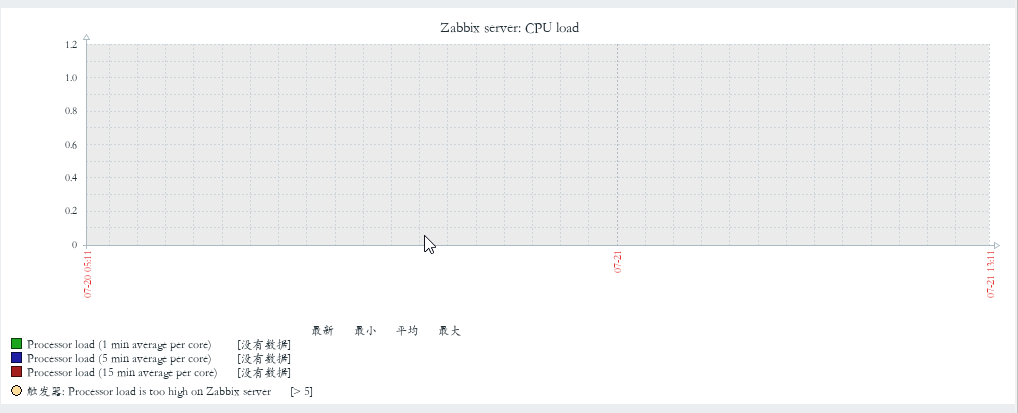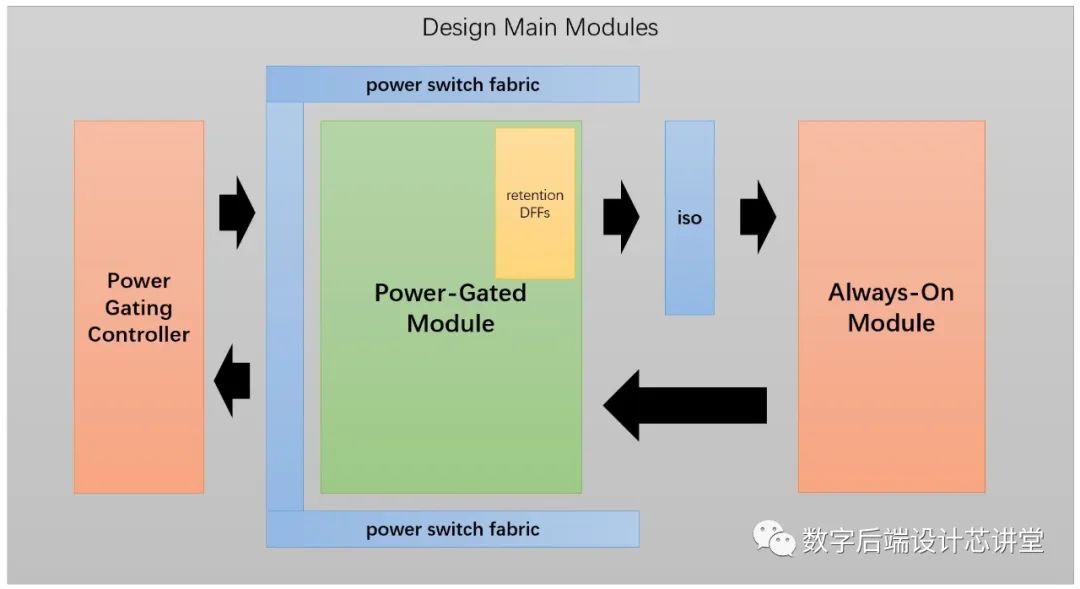I'm trying to implement Google sign in for my website. The Sign-In button shows up correctly and signs-people in well initially. My problem occurs when I log out after having used the website and try to move to the Sign-In page (I'm using React, so it's all one page). I use the exact same function to render the Sign-In page but it gives me a "cb=gapi.loaded_0:249 Uncaught TypeError: Cannot read property 'style' of null". The error in gapi occurs here (at least I think):
a.El;window.document.getElementById((c?"not_signed_in":"connected"
This is how I initially add the Sign-In button to be rendered:
elements.push(h('div.g-signin2',{'data-onsuccess': 'onSignIn'}))
return h('div.page_content',elements)
which I later render with a ReactDOM.render call.
Here's how I handle SignOut and SignIn:
function signOut() {
var auth2 = gapi.auth2.getAuthInstance();
auth2.signOut().then(function () {
// console.log('User signed out.');
signedin = false;
auth2 = null;
renderPage()
});
}
var google_idtoken;
var signedin = false;
// set auth2 to null to indicate that google api hasn't been loaded yet
var auth2 = null;
function onSignIn(googleUser) {
auth2 = gapi.auth2.getAuthInstance({
client_id: 'ClientID.apps.googleusercontent.com'
});
google_idtoken = googleUser.getAuthResponse().id_token;
wrongemail = true;
// if(auth2 != null && auth2.isSignedIn.get() == true){
if ((((auth2.currentUser.get()).getBasicProfile()).getEmail()).split("@").pop() == 'domain.com'){
signedin = true
wrongemail = false
}
updateSources()
// renderPage()
}
I had a similar problem though I'm not sure it's exactly related to your issue. I had added the button in the html as:
<div id="gdbtn" class="g-signin2" data-onsuccess="onSignIn"></div>
But I wanted to customize the rendering of the button according to Google's instructions so I added the platform script as:
<script src="https://apis.google.com/js/platform.js?onload=renderGDriveButton"></script>
With the following onload function:
function renderGDriveButton() {
gapi.signin2.render('gdbtn', {
'height': 50
});
}
I got the same error you did: "Uncaught TypeError: Cannot read property 'style' of null". My problem was that I included the attributes: class="g-signin2" data-onsuccess="onSignIn" Once I took those attributes out and added the button as:
<div id="gdbtn"></div>
Then the error went away. Seems very similar to your issue. You might try adding the button through an onload function. Just a thought. You can check out the docs at: https://developers.google.com/identity/sign-in/web/build-button
I fixed this by giving a different id to each of my sign-in buttons. For instance, you may have sign-in button on your register page and login page. Give each instance of the button its own id.
Its a gapi issue, Please check
https://github.com/google/google-api-javascript-client/issues/281
Have the same thing with angular2, relevant source code:
<app>Loading...</app>
<script>
gapi.load('auth2', function() {
// Retrieve the singleton for the GoogleAuth library and set up the client.
auth2 = gapi.auth2.init({
client_id: 'YOURCLIENT_ID.apps.googleusercontent.com'
});
});
</script>
and the component:
import { Component, ElementRef, ViewChild } from '@angular/core';
import { Router } from '@angular/router';
import { AuthService } from '../../services/auth.service';
declare var auth2: any;
@Component({
selector: 'login',
template: require('./login.component.html'),
styles: [require('./login.component.css')]
})
export class LoginComponent {
@ViewChild('googleButton') el: ElementRef;
constructor(private router:Router, private authService: AuthService) { }
ngAfterViewInit() {
let self = this;
if (this.authService.isLoggedIn) {
self.router.navigate(['home']);
}
auth2.attachClickHandler(self.el.nativeElement, {}, (googleUser) => {
var token = googleUser.getAuthResponse().id_token;
self.authService.login(token);
self.router.navigate(['home']);
});
};
}





